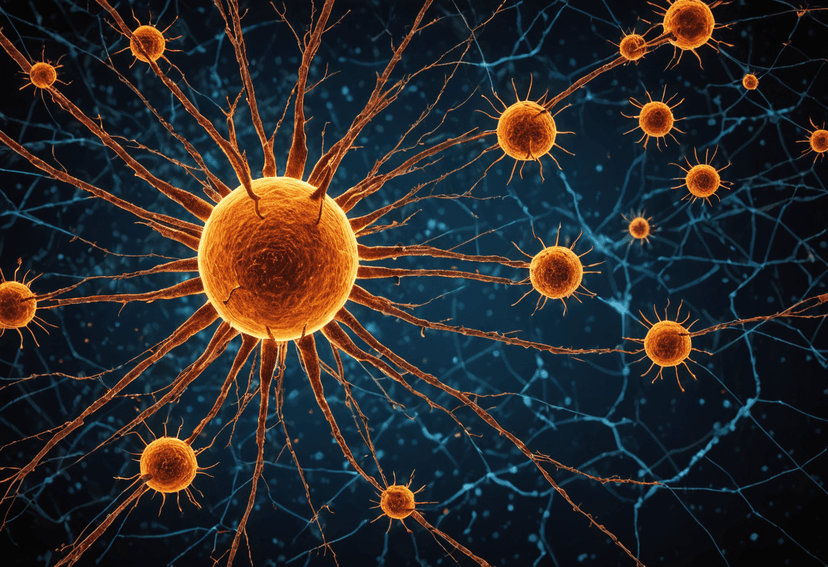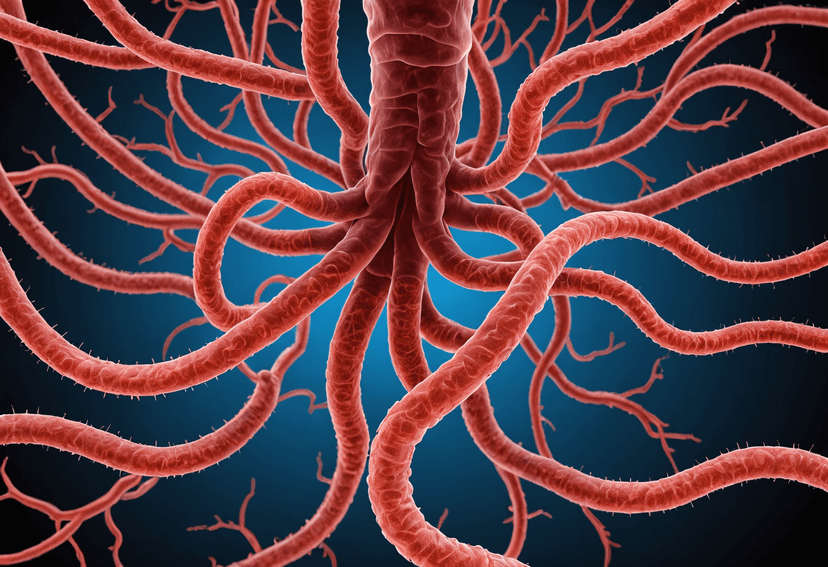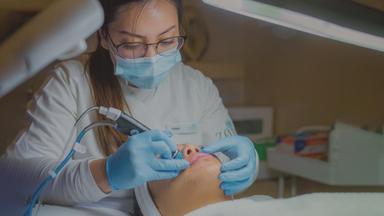
Liposarcoma: The Fat Cancer
01 Oct, 2024
 Healthtrip
HealthtripLiposarcoma, a type of cancer that originates in fat cells, is a rare and often misunderstood disease. It's a type of soft tissue sarcoma, which develops in the soft tissues of the body, such as fat, muscles, nerves, and blood vessels. Despite its rarity, liposarcoma can be aggressive and requires immediate attention. In this article, we'll delve into the world of liposarcoma, exploring its causes, symptoms, diagnosis, treatment options, and the importance of early detection.
What is Liposarcoma?
Liposarcoma is a type of cancer that arises from the abnormal growth of fat cells. It can occur in any part of the body, but it's most commonly found in the thighs, arms, and abdomen. There are several subtypes of liposarcoma, including:
Most popular procedures in India
Well-Differentiated Liposarcoma
This subtype is the most common and has a good prognosis. It's characterized by the growth of abnormal fat cells that resemble normal fat cells.
Wellness Treatments
Give yourself the time to relax
Lowest Prices Guaranteed!

Lowest Prices Guaranteed!
Dedifferentiated Liposarcoma
This subtype is more aggressive and has a poorer prognosis. It's characterized by the growth of abnormal fat cells that don't resemble normal fat cells.
Myxoid Liposarcoma
This subtype is characterized by the growth of abnormal fat cells in a myxoid (mucous-like) background.
Pleomorphic Liposarcoma
This subtype is the rarest and most aggressive. It's characterized by the growth of abnormal fat cells with a varied appearance.
Causes and Risk Factors
The exact cause of liposarcoma is still unknown, but several risk factors have been identified. These include:
Genetic Mutations
Some genetic mutations, such as those associated with neurofibromatosis type 1, can increase the risk of developing liposarcoma.
Radiation Exposure
Exposure to radiation, such as from radiation therapy, can increase the risk of developing liposarcoma.
Soft Tissue Injuries
Soft tissue injuries, such as those caused by trauma, can increase the risk of developing liposarcoma.
Symptoms
The symptoms of liposarcoma can vary depending on the location and size of the tumor. Common symptoms include:
Pain or Discomfort
Pain or discomfort in the affected area is a common symptom of liposarcoma.
Swelling
Swelling or a lump in the affected area is a common symptom of liposarcoma.
Weakness or Fatigue
Weakness or fatigue can occur due to the tumor's interference with surrounding tissues.
Diagnosis
Diagnosing liposarcoma can be challenging, as the symptoms are often similar to those of other conditions. A diagnosis is typically made through:
Imaging Tests
Imaging tests, such as MRI or CT scans, can help identify the tumor and its location.
Biopsy
A biopsy involves removing a sample of tissue from the tumor, which is then examined under a microscope to confirm the diagnosis.
Treatment Options
Treatment for liposarcoma usually involves a combination of surgery, chemotherapy, and radiation therapy. The goal of treatment is to remove the tumor, alleviate symptoms, and prevent recurrence.
Surgery
Surgery is the primary treatment for liposarcoma, and it involves removing the tumor and some surrounding tissue.
Chemotherapy
Chemotherapy can be used to shrink the tumor before surgery or to treat the cancer if it has spread to other parts of the body.
Radiation Therapy
Radiation therapy can be used to kill cancer cells and relieve symptoms.
Importance of Early Detection
Early detection is crucial in the treatment of liposarcoma. The earlier the diagnosis, the better the prognosis. If you're experiencing any symptoms, don't hesitate to consult with your doctor. Remember, awareness and early detection can save lives.
Related Blogs

The Uncharted Territory of T-Cell Lymphoma
T-cell lymphoma is a type of cancer that affects the

The Uncharted Territory of Small Intestine Cancer
Small intestine cancer is a rare type of cancer that

The Uncharted Territory of Thymoma
Thymoma is a rare type of cancer that affects the

The Forgotten Cancer: A Look into Appendix Cancer
Appendix cancer is a rare type of cancer that affects

Cancer's Dark Horse: Understanding Adenoid Cystic Carcinoma
Adenoid cystic carcinoma is a rare type of cancer that

Gallbladder Cancer: The Bile Duct Cancer
Gallbladder cancer is a type of cancer that affects the










